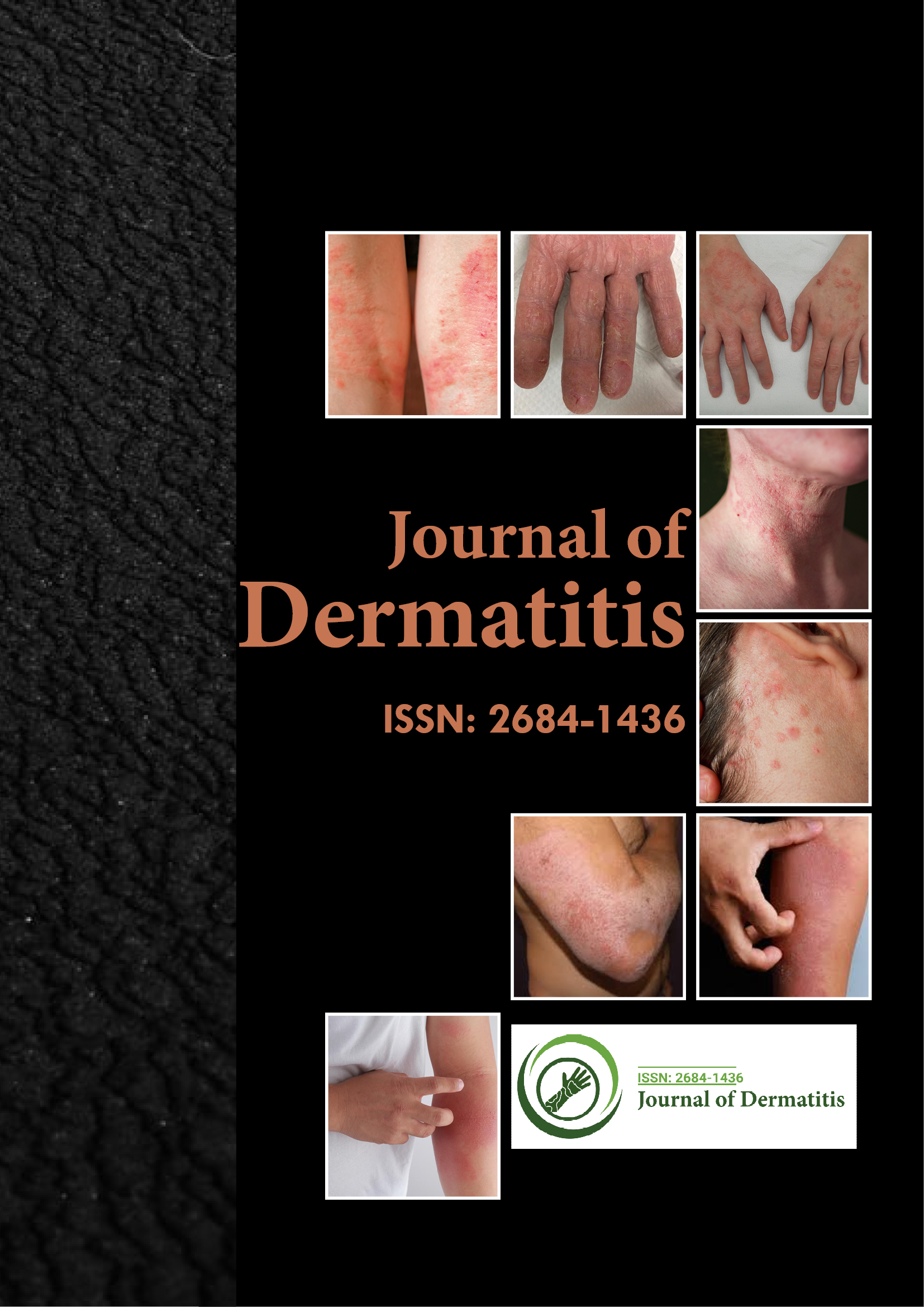indexado en
- Búsqueda de referencia
- Universidad Hamdard
- EBSCO AZ
- pub europeo
- Google Académico
Enlaces útiles
Comparte esta página
Folleto de diario

Revistas de acceso abierto
- Administración de Empresas
- Agricultura y Acuicultura
- Alimentación y Nutrición
- Bioinformática y Biología de Sistemas
- Bioquímica
- Ciencia de los Materiales
- Ciencia general
- Ciencias Ambientales
- Ciencias Clínicas
- Ciencias farmacéuticas
- Ciencias Médicas
- Ciencias Veterinarias
- Enfermería y Cuidado de la Salud
- Genética y Biología Molecular
- Ingeniería
- Inmunología y Microbiología
- Neurociencia y Psicología
- Química
Abstracto
Evaluación de los resultados de las pruebas de parche cutáneo con alérgenos de contacto en niños-19
Azize P Metbulut, Ilknur Kulhas Celika, Irem Turgay Yagmura, Betul Karaatmaca, Muge Toyrana, ErsoyCiveleka, Emine Dibek Mısırlıoglu
Antecedentes: La dermatitis de contacto es una de las enfermedades cutáneas más comunes. La dermatitis alérgica de contacto (DAC) es una reacción de hipersensibilidad que se produce en personas que han sido previamente sensibles a alérgenos y han estado expuestas a ellos repetidamente. La sensibilidad se desarrolla con piercings, tatuajes, tratamientos tópicos y exposición a cosméticos.
Objetivos: El objetivo del estudio es identificar alérgenos comunes que causan dermatitis de contacto en niños.
Métodos: Se realizó una revisión retrospectiva de niños de entre 5 meses y 18 años con diagnóstico de dermatitis de contacto entre abril de 2012 y mayo de 2019 que acudieron a la Clínica de Alergia e Inmunología Pediátrica. Todos los pacientes fueron evaluados con la prueba TRUE (Thin-Layer Rapid Epicutaneous).
Resultados: Se evaluaron 234 niños, incluidos 111 varones (47,4%). Noventa y ocho pacientes (41,8%) tuvieron resultados positivos. No hubo diferencias significativas entre los grupos de edad, el género y la presencia de enfermedad alérgica en términos de positividad. Los alérgenos determinados con mayor frecuencia fueron sulfato de níquel (n: 30 [30,6%]), Cl+Me-isotiazolinona (n: 15 [15,3%]) y timerosal (n: 14 [14,2%]).
Conclusiones: El níquel es el alérgeno de contacto más común en pacientes con dermatitis de contacto.